Optimal Timing for Foundation Repairs
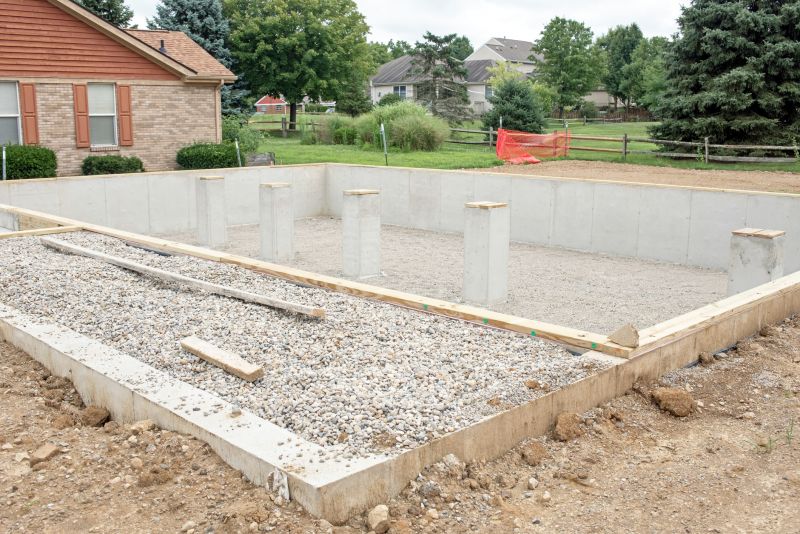
Spring offers moderate temperatures and stable ground conditions, making it suitable for foundation work.
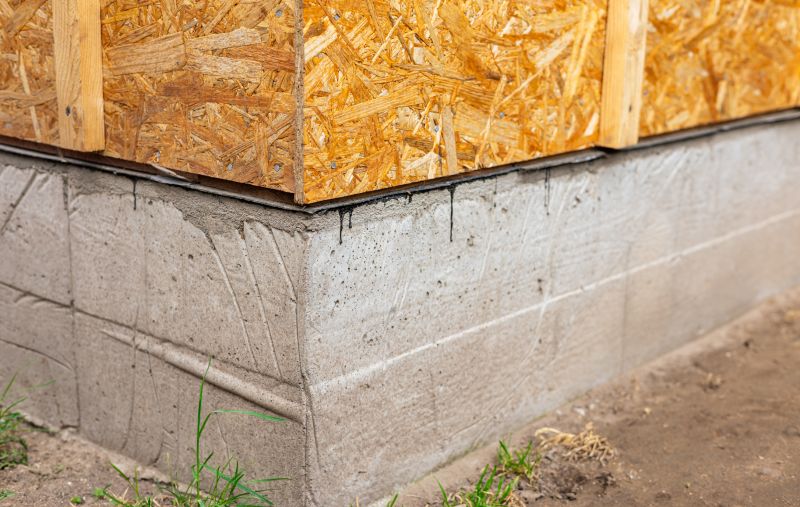
Summer provides longer daylight hours and warmer weather, facilitating efficient repair processes.
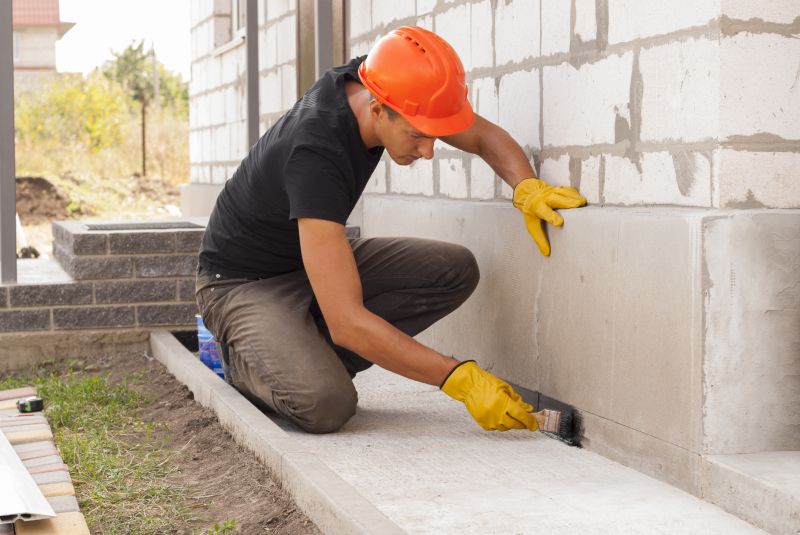
Fall's cooler temperatures and dry conditions can be ideal for certain repair methods, reducing complications.

Ways to make Foundation Repairs work in tight or awkward layouts.
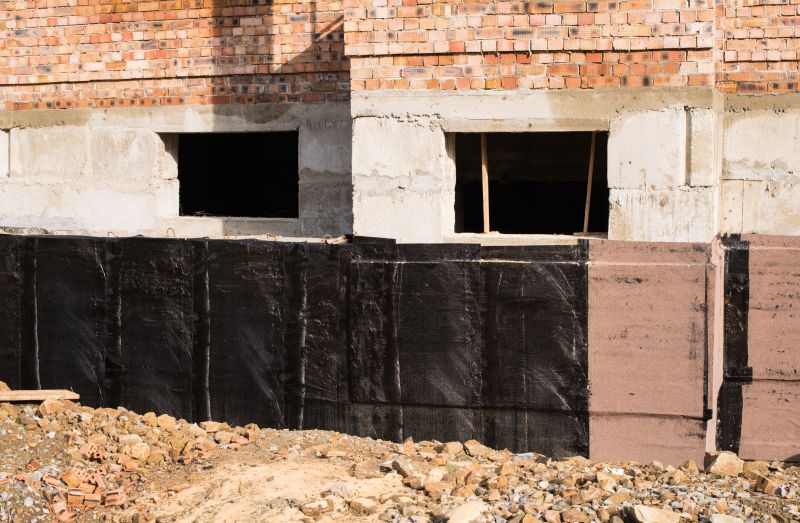
Popular materials for Foundation Repairs and why they hold up over time.
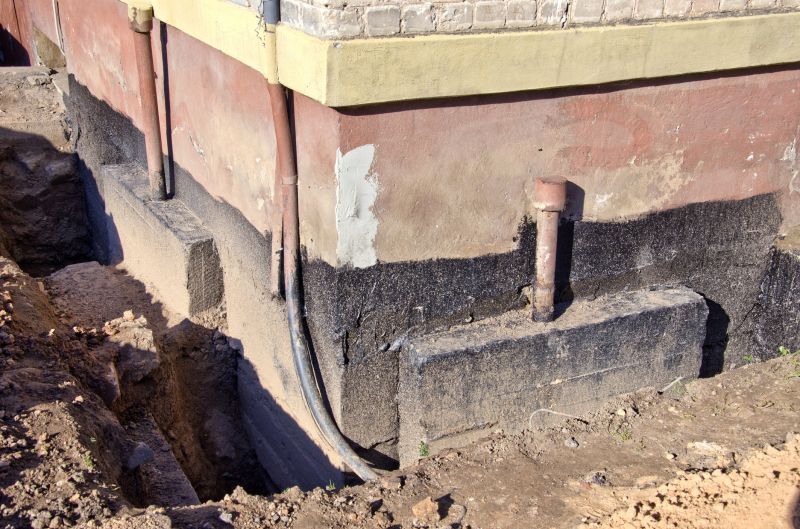
Simple add-ons that improve Foundation Repairs without blowing the budget.

High-end options that actually feel worth it for Foundation Repairs.

Finishes and colors that play nicely with Foundation Repairs.
Foundation repairs are essential for maintaining structural integrity and preventing further damage to a property. Addressing issues promptly can mitigate costly repairs and preserve the value of a building. The timing of repairs can influence the effectiveness and safety of the work, with seasonal factors playing a significant role.
Statistics indicate that nearly 15% of homes in regions with variable climates experience foundation problems at some point. Proper timing for repairs can reduce the risk of complications caused by ground movement, moisture changes, and temperature fluctuations. Understanding seasonal conditions helps determine the most appropriate window for conducting foundation work.
Ground stability varies throughout the year, affecting the ease and success of foundation repairs.
Rain, snow, and extreme temperatures can delay or complicate repair projects.
Dry, moderate weather periods are generally best for foundation work.
Regular inspections during different seasons can identify issues early and plan timely repairs.
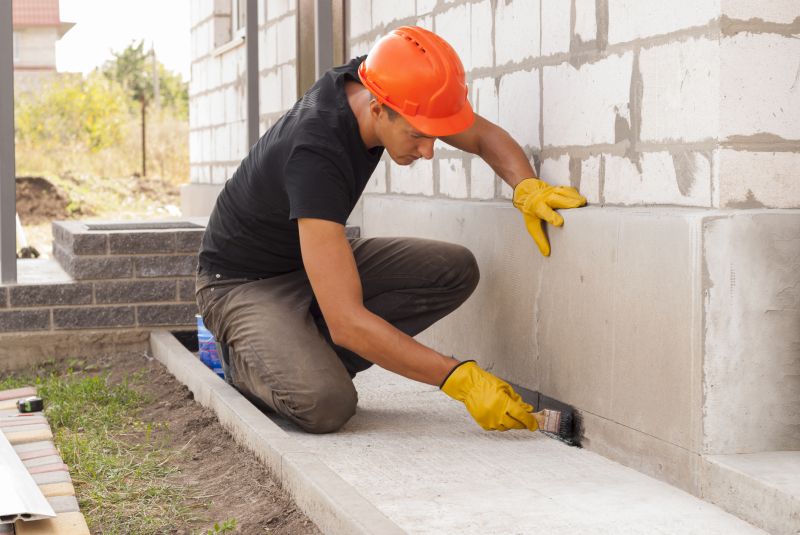
Addressing cracks during optimal seasons ensures better adhesion and longevity.

Ideal in dry months to prevent further shifting or settling.
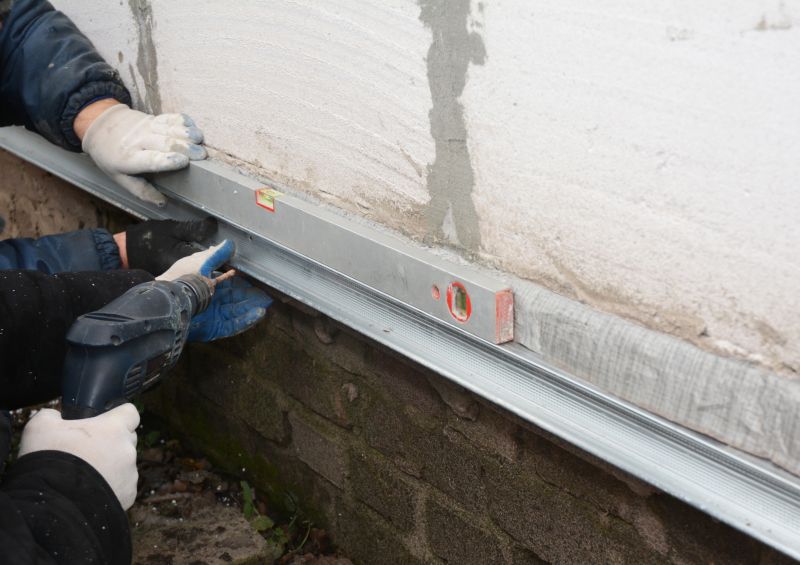
Best performed in stable weather to avoid moisture-related issues.

Effective when ground conditions are predictable and dry.
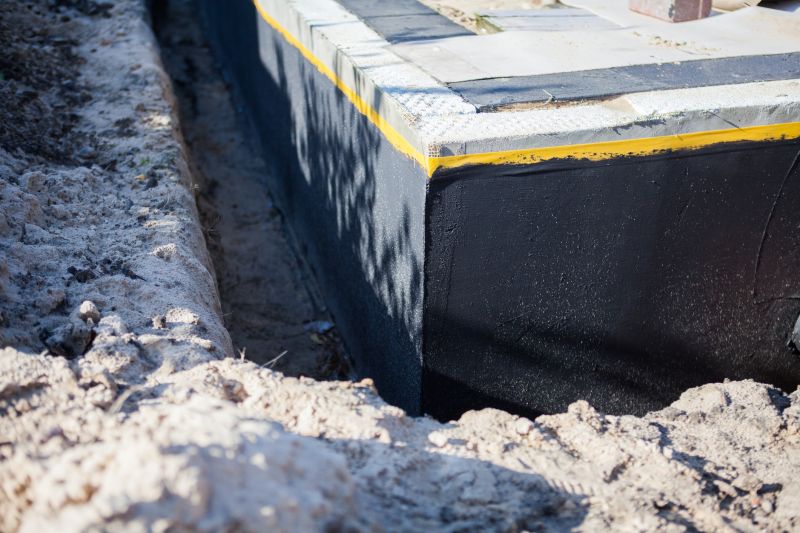
Timing repairs before heavy rainfall can prevent water intrusion.
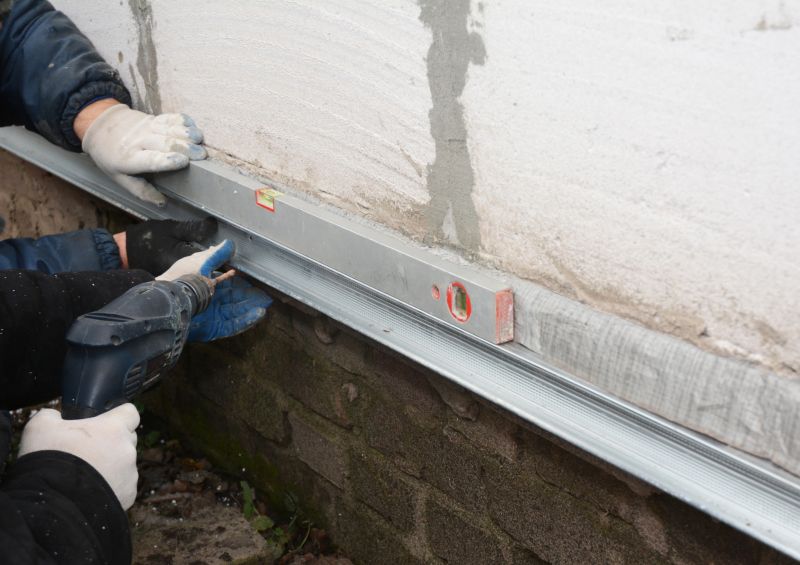
Performed during periods of minimal ground movement for accuracy.

Best in dry seasons to ensure proper setup and function.

Optimal in moderate temperatures to avoid thermal stress.
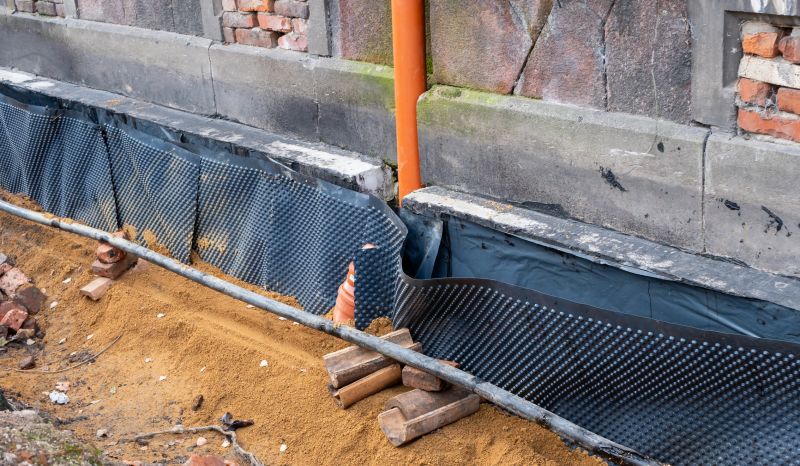
Timing with seasonal moisture changes enhances effectiveness.
| Season | Recommended Repair Activities |
|---|---|
| Spring | Foundation inspections, crack repairs, soil stabilization |
| Summer | Pier adjustments, waterproofing, drainage improvements |
| Fall | Structural reinforcement, moisture management |
| Winter | Limited repairs due to cold, focus on inspections |
Choosing the right season for foundation repairs involves considering ground conditions, weather patterns, and the specific repair methods needed. Proper timing can lead to more durable results and reduce the risk of future issues. Consulting with foundation specialists can help determine the ideal window based on local climate and property conditions.

Image showing foundation stabilization work during optimal weather conditions.
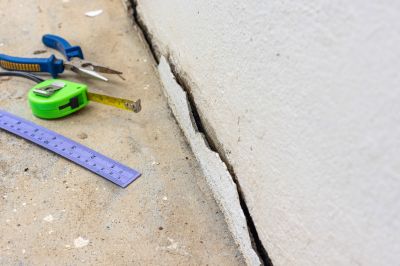
Close-up of crack repair process during suitable seasonal weather.
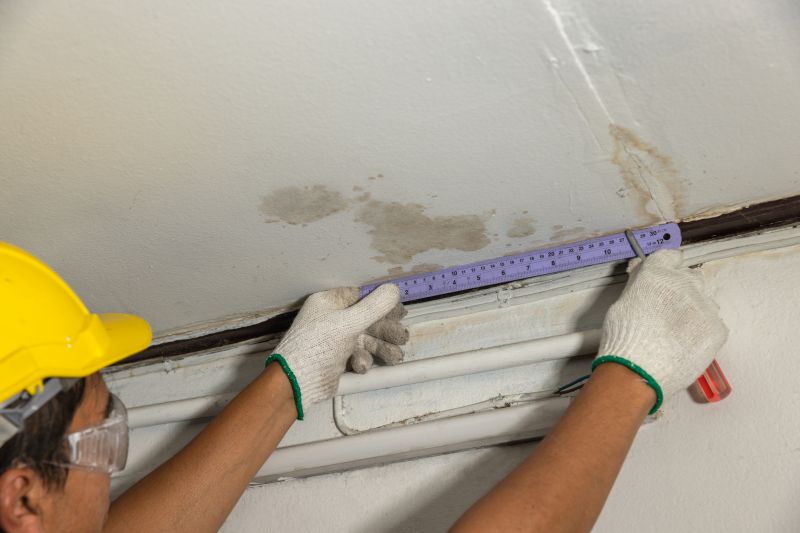
Installation of drainage solutions to prevent future water damage.
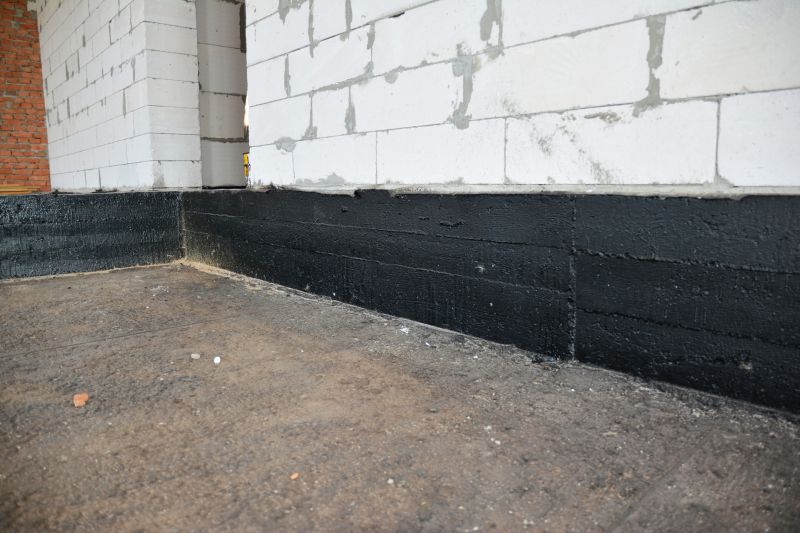
Reinforcing basement walls during dry season for best results.
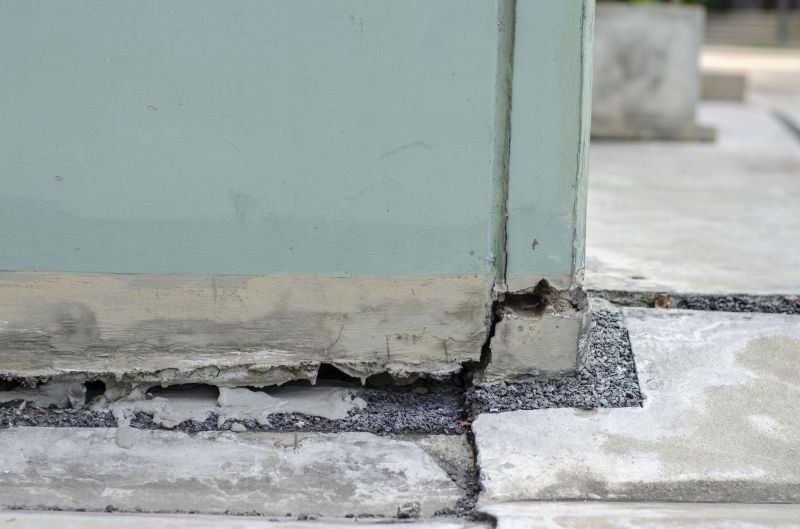
A frequent mistake in Foundation Repairs and how to dodge it.

Small tweaks to make Foundation Repairs safer and easier to use.
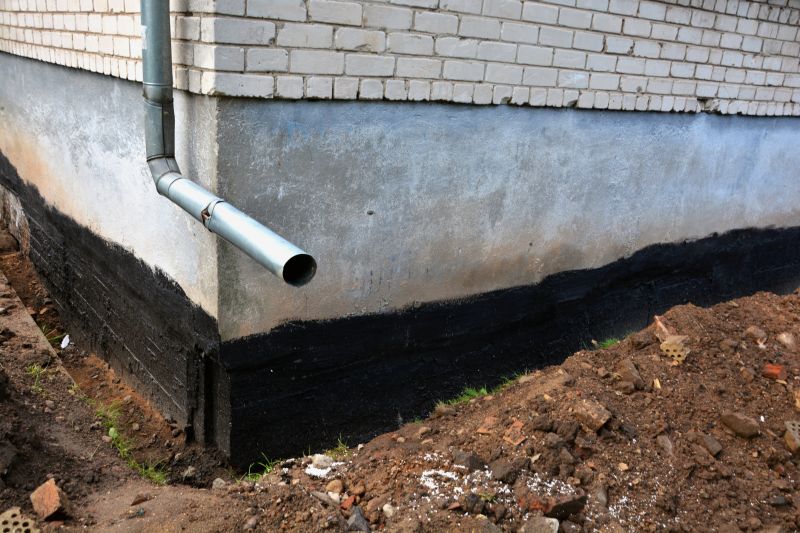
Lower-waste or water-saving choices for Foundation Repairs.

The short, realistic tool list for quality Foundation Repairs.
Timely foundation repairs are vital for preserving the structural health of a property. Understanding seasonal influences helps in planning and executing repairs effectively. Regular inspections and proactive maintenance can prevent major issues and extend the lifespan of the foundation.
Interested property owners are encouraged to contact professionals to discuss the best timing for foundation repairs. Proper scheduling ensures that work is performed under optimal conditions, leading to long-lasting results and improved property stability.

